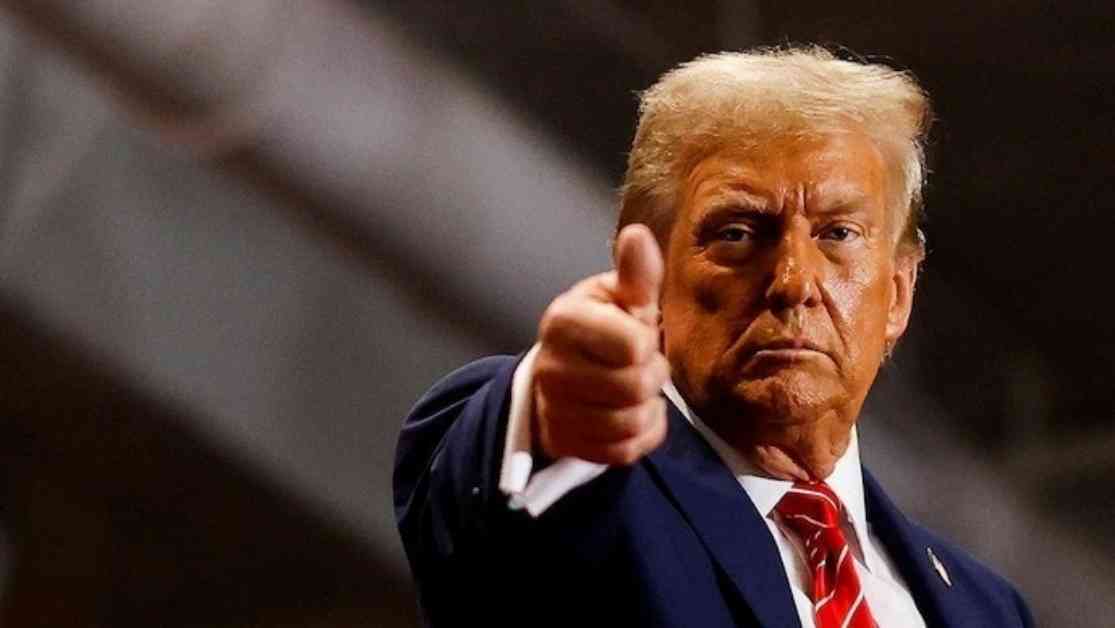The United States President Donald Trump made a significant announcement on February 27, revealing his administration’s plan to impose tariffs on Mexico, Canada, and China. These tariffs are set to take effect on March 4, with Mexico and Canada facing a 25% tariff and China facing an additional 10% on top of the existing 10% tariff. The decision comes as part of Trump’s efforts to address issues related to illegal immigration, fentanyl smuggling, and drug-related deaths in the country.
Trump’s Justification for Tariffs
In a post on Truth Social, Trump emphasized the connection between the tariffs and the ongoing fentanyl crisis in the United States. He expressed concerns about the high levels of drugs, particularly Fentanyl, coming into the country from Mexico, Canada, and China. Trump cited the staggering number of American deaths—over 100,000 last year—resulting from drug-related causes as a driving force behind the decision to implement these tariffs. Despite facing delays, the tariffs are now set to move forward as scheduled in March.
The move is seen as a strategic effort by the Trump administration to pressure Mexico and Canada into taking more decisive actions against illegal immigration and drug trafficking, particularly with regards to the flow of Fentanyl. By imposing tariffs on these countries, Trump aims to compel them to address these critical issues that have been a source of concern for the United States.
Global Reactions and EU Response
Following Trump’s announcement, the European Union responded with strong opposition to the proposed wholesale tariff of 25% on all EU products destined for the US. Trump’s remarks about the EU being formed to disadvantage the United States further fueled tensions between the two economic partners. The EU vowed to retaliate with tough countermeasures targeting iconic US industries like bourbon, jeans, and motorcycles if the tariffs were imposed.
The escalating trade tensions between the United States and the European Union reflect broader concerns about the impact of protectionist measures on global trade relations. The threat of retaliatory actions from both sides raises uncertainties about the future of transatlantic trade and economic cooperation, adding to the existing challenges faced by businesses and consumers in an increasingly interconnected world.
As the March 4 deadline approaches, the implications of Trump’s tariff decisions will reverberate across international markets and geopolitical landscapes. The interplay of economic interests, political dynamics, and strategic priorities will shape the outcomes of these tariff battles, ultimately determining the course of future trade relations between the United States and its key trading partners. The stakes are high, and the ramifications are far-reaching, underscoring the complexity of modern trade diplomacy. The world watches with bated breath as the next chapter in this unfolding saga unfolds.























